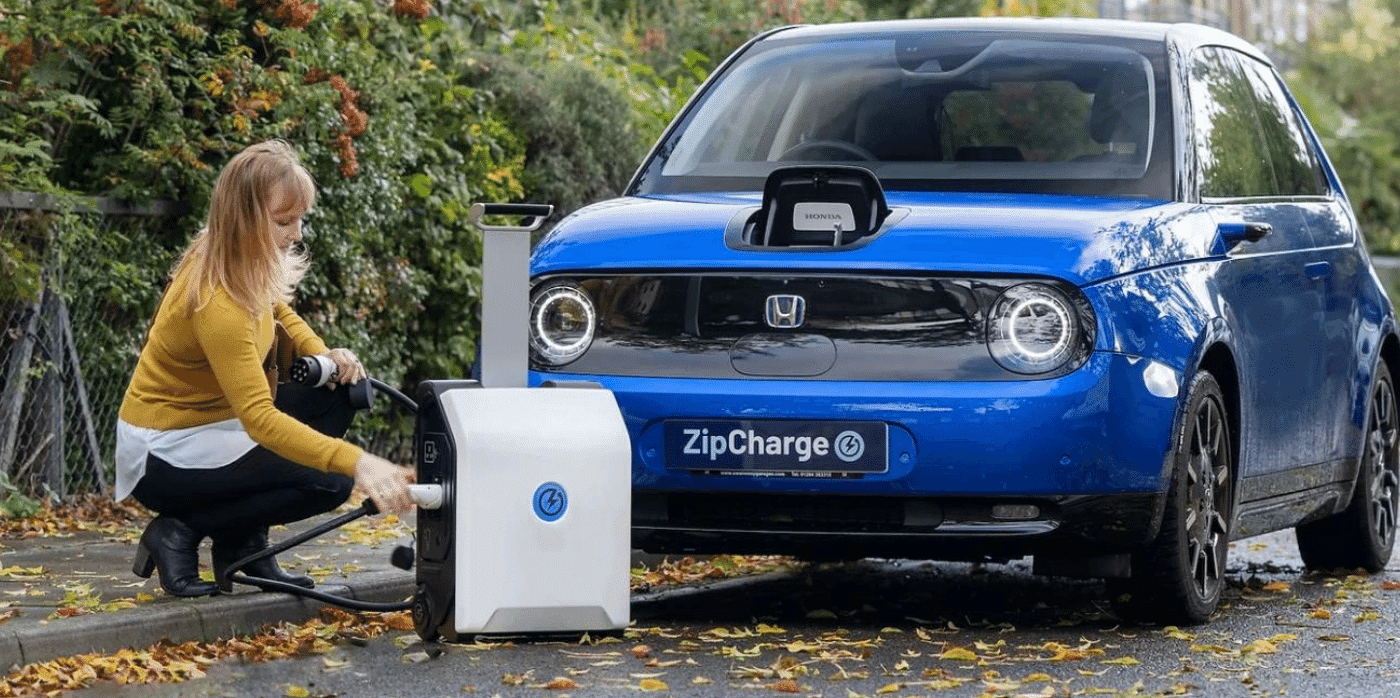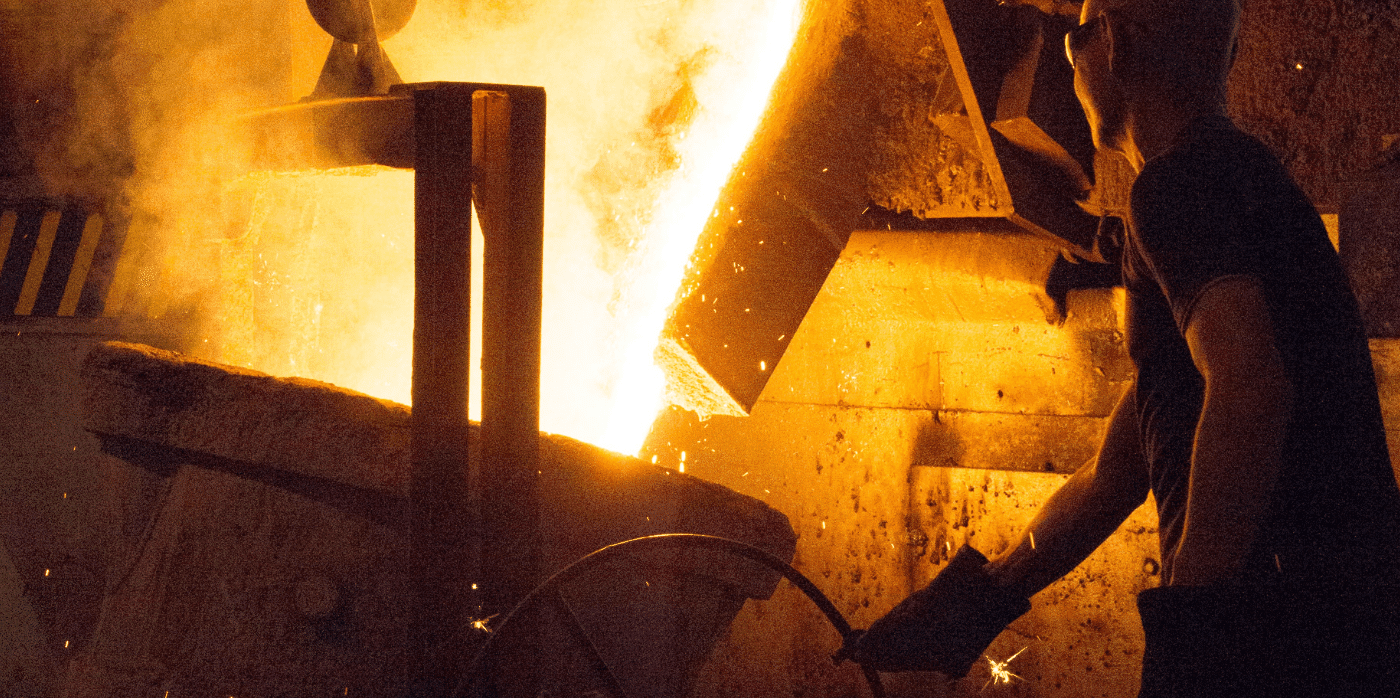Using AI to eliminate protein allergies

Spotted: Although statistics vary, it is estimated that one per cent of the global population have coeliac disease, and finding suitable and affordable gluten-free foods can be challenging. Working towards elimination of gluten sensitivity and food allergies is biotech startup Ukko, founded by Professor Yanay Ofran and Dr. Anat Binur.
Using AI-engineered proteins, the company plans to create new food products that no longer trigger an allergic response. By mapping exactly which portion of a protein causes the allergic reaction, the co-founders have been able to keep the useful portions while discarding the dangerous parts.
AI analysis helped the co-founders create a gluten protein that did not trigger a typical immune reaction yet still gave baked goods their textures and flavours. If grown commercially, the modified gluten could form a new strain of wheat that would be usable in many types of foods.
Ukko points out that gluten-free products are often less healthy than the original version because of added preservatives and extra sugar. Healthcare costs are rising as dietary sensitivities increase, so modified proteins could have positive long term health consequences as fewer people require care for allergies or gluten intolerance.
The next stage of development is to apply protein modification to allergy therapies, focusing first on peanuts. Manipulated proteins could be used to help individuals build up their tolerance to the food without any of the potentially fatal side effects.
As Springwise has spotted, biotechnology is shaping many industries, with molecular-level innovation making it possible to grow cultured meat from 3D-printed edible ink, and new types of microorganisms designed to target disease-causing proteins.
Written By: Keely Khoury



